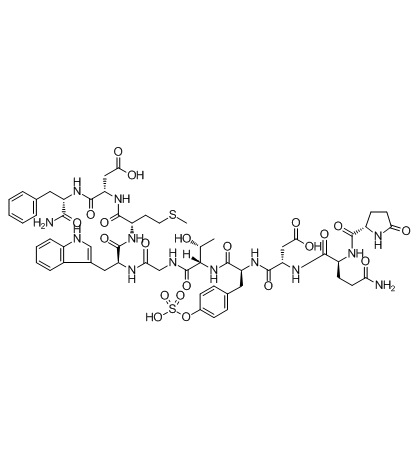| Structure | Name/CAS No. | Articles |
|---|---|---|
 |
Shikonin
CAS:54952-43-1 |
|
 |
Caerulein ammonium salt
CAS:17650-98-5 |